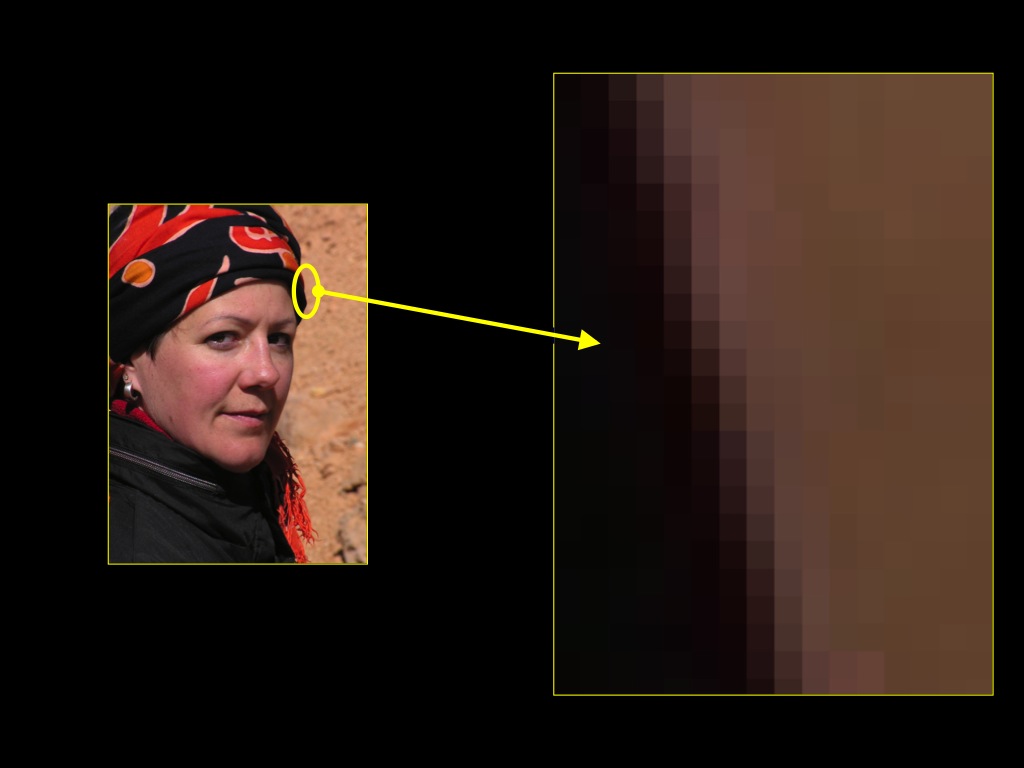Click here and press the right key for the next slide (or swipe left)
also ...
Press the left key to go backwards (or swipe right)
Press n to toggle whether notes are shown (or add '?notes' to the url before the #)
Press m or double tap to slide thumbnails (menu)
Press ? at any time to show the keyboard shortcuts
What Is Core Knowledge?
Q1 What is the nature of infants’ earliest cognition of physical objects?
‘there is a third type of conceptual structure,
dubbed “core knowledge” ...
that differs systematically from both
sensory/perceptual representation[s] ... and ... knowledge.’
Carey, 2009 p. 10
Crude Picture of the Mind
- epistemic
(knowledge states) - broadly motoric
(motor representations of outcomes and affordances) - broadly perceptual
(visual, tactual, ... representations; object indexes ...)
Q1 What is the nature of infants’ earliest cognition of physical objects?
‘there is a third type of conceptual structure,
dubbed “core knowledge” ...
that differs systematically from both
sensory/perceptual representation[s] ... and ... knowledge.’
Carey, 2009 p. 10
core knowledge / core system
‘Just as humans are endowed with multiple, specialized perceptual systems, so we are endowed with multiple systems for representing and reasoning about entities of different kinds.’
Carey and Spelke, 1996 p. 517

‘core systems are
- largely innate
- encapsulated
- unchanging
- arising from phylogenetically old systems
- built upon the output of innate perceptual analyzers’
(Carey and Spelke 1996: 520)
representational format: iconic (Carey 2009)
Why postulate core knowledge?
The Simple View
The Core Knowledge View
| domain | evidence for knowledge in infancy | evidence against knowledge |
| colour | categories used in learning labels & functions | failure to use colour as a dimension in ‘same as’ judgements |
| physical objects | patterns of dishabituation and anticipatory looking | unreflected in planned action (may influence online control) |
| number | --""-- | --""-- |
| syntax | anticipatory looking | [as adults] |
| minds | reflected in anticipatory looking, communication, &c | not reflected in judgements about action, desire, ... |
Why postulate core knowledge?
The Simple View
The Core Knowledge View